Inside Icelandic Volcanoes: The key to how Earth’s first crust was made?
Published in Earth & Environment

Iceland, the land of Ice and fire, is an island born from volcanism. Visitors from around the world travel to Iceland to witness its raw beauty, born from at least 18 million years of subaerial basaltic volcanism, creating an almost ‘lunar’ landscape, peppered with glaciers capping central volcanoes up to 2000m high, and huge glacial outwash plains spanning hundreds of square kilometres. Not to mention the current ongoing crisis arising from the most recent episode of volcanism, and the efforts made to protect the town of Grindavík from the Sundhnúkur fissure eruptions and eruptions of 2021-2023 on the Reykjanes peninsula. However, none of the above was the reason our team of geologists packed our bags to head to Iceland in the summer of 2022.
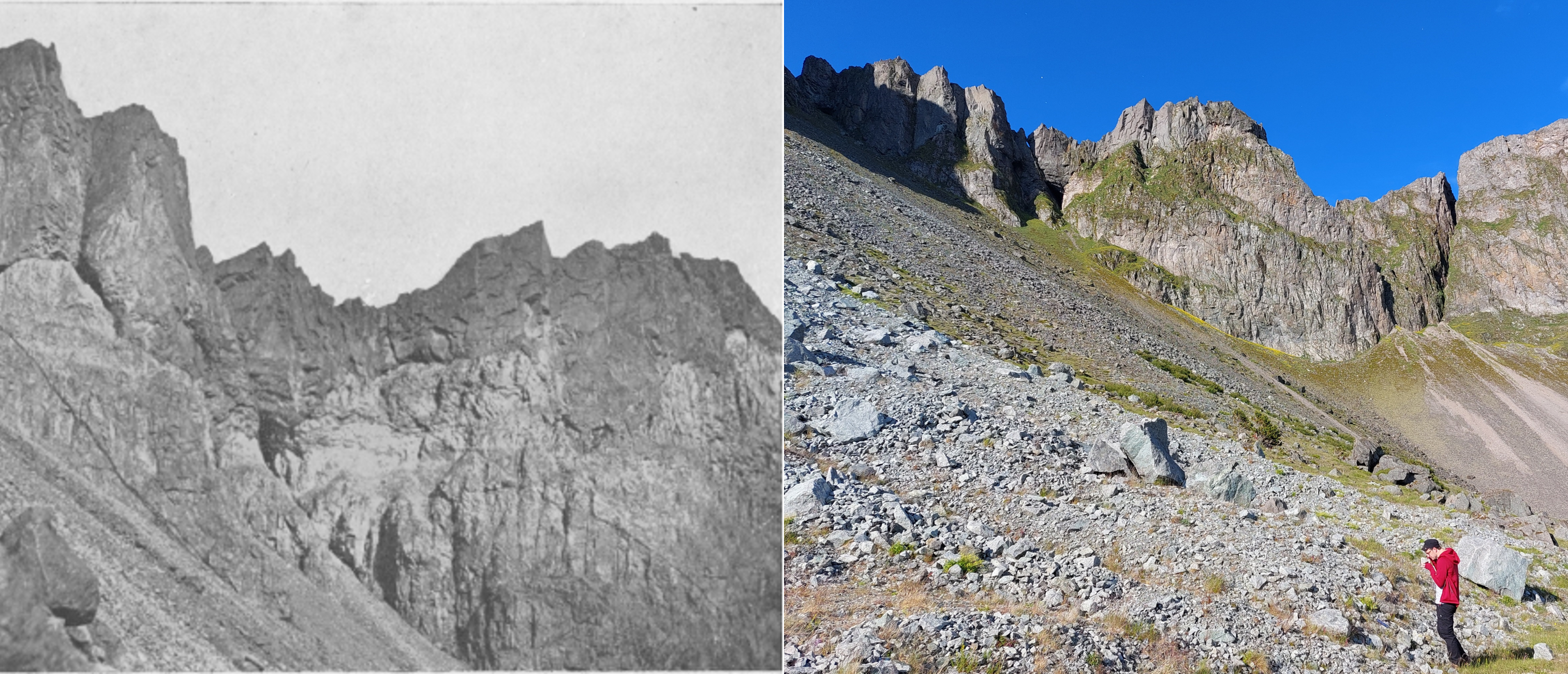
Geologically speaking, Iceland is relatively young (the oldest rocks are Neogene basalts, formed 18 million years ago (Ma)), and the extensive basaltic volcanism is a result of volcanic activity on the mid-Atlantic ridge, combined with input from the Icelandic mantle plume that resides beneath. Unusually for an ocean island, Iceland contains relatively high proportion of rocks (silicic rocks) that are similar to our continental crust. On modern Earth, most silicic rocks and continental crust are formed at convergent boundaries or subduction zones, so to form such large amounts so far away from any subduction zone in Iceland is remarkable. The rocks we were in pursuit of are located in the far south-east of the island, where silicic rocks were intruded into the oldest basaltic crust between 7 and 4 Ma. Subsequent glacial erosion has scoured off the top 1-2 km of crust, exposing the magmas that never erupted and solidified to become frozen in time - a geologist’s dream to understand the inner workings of magma chambers that once fed eruptions such as those seen in central Iceland today. Rumour had it that these rocks may have formed in a similar way to how Earth’s first silicic rocks, which grew into continents, formed. These intrusions have been known about for a long time - amazingly, they were first described by Hilda K. Cargill and her husband Leonard Hawkes in 19281 (Fig. 1), some of the pioneers of the Geology of Iceland, approximately 25 years before the universally accepted theory of plate tectonics came into being. Since then, many researchers have visited these incredible intrusion-related mountains, mostly with a view to understanding their emplacement into the crust. But our questions were of a different nature; what we wanted to ask was ‘how was this magma formed?’ and, ‘was this anything like how we think our first continental crust formed?’.
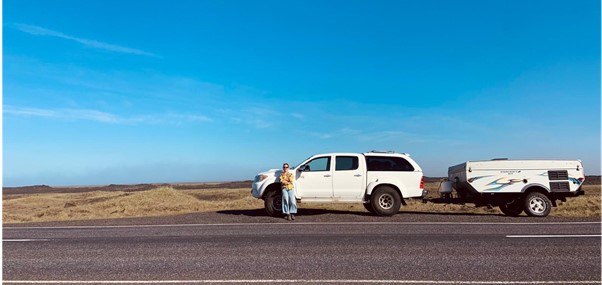
Feeling small. Our home for the next few weeks, somewhere on the ring road, east of Katla, west of Öræfajökull.
With this in mind, off we set on our (24hr delayed) budget flight from Luton airport, after having spent a night ‘camping’ on the floor next to the oversized baggage. Not quite how we had imagined this adventure to start, but fortunately with camping mats and sleeping bags in tow, the situation wasn’t too bad. The next day, on landing in Reykjavik, our Icelandic collaborator, Prof. Þorvaldur Þórðarson (Thor) picked us up and gave us a well-needed rest and traditional Icelandic welcome of fresh seafood and plenty of beer. We set off later the next day in Thor’s Toyota hilux and well-weathered 80’s style tent-camper hitched to the back (Fig. 3). A slightly hairy drive across all of south Iceland in one day, past Eyjafjallajökull and Katla, across the flat outwash plains, with a serious cross-wind causing dust storms and mini tornadoes which made us have to pull over for compulsory fish and chips, we eventually arrived at our base camp at Stafafell nature park in time for a barbecue under the June midnight sun. The next morning the real adventure would begin!
Our aim for the field campaign was to study the intrusive rocks in the field, and most importantly, to collect as many samples as possible to bring back to the lab and analyse. The next few weeks would fly by, with the daily routine consisting of learning to wake up not when the sun came up (as it never set), but by its position on the tent-camper window, followed by long days in the field, venturing up and across glacial river valleys (crocs essential!), navigating boulder scree, drinking east Iceland dry of seriously sugary ‘Malt Drink’, and discovering amazing canyons and coastal outcrops of granite, gabbro, and every intrusive magmatic rock type in between. One of the most spectacular are the ‘net-vein complexes’, which seemed to form the stratigraphically lowest parts of the intrusions, and recorded stunning examples of different types of magma and partially solidified rock mixing together. Over our 2022 field season, we collected approximately 100kg of rock samples, ready to bring back to our lab at the University of Edinburgh for analysis.
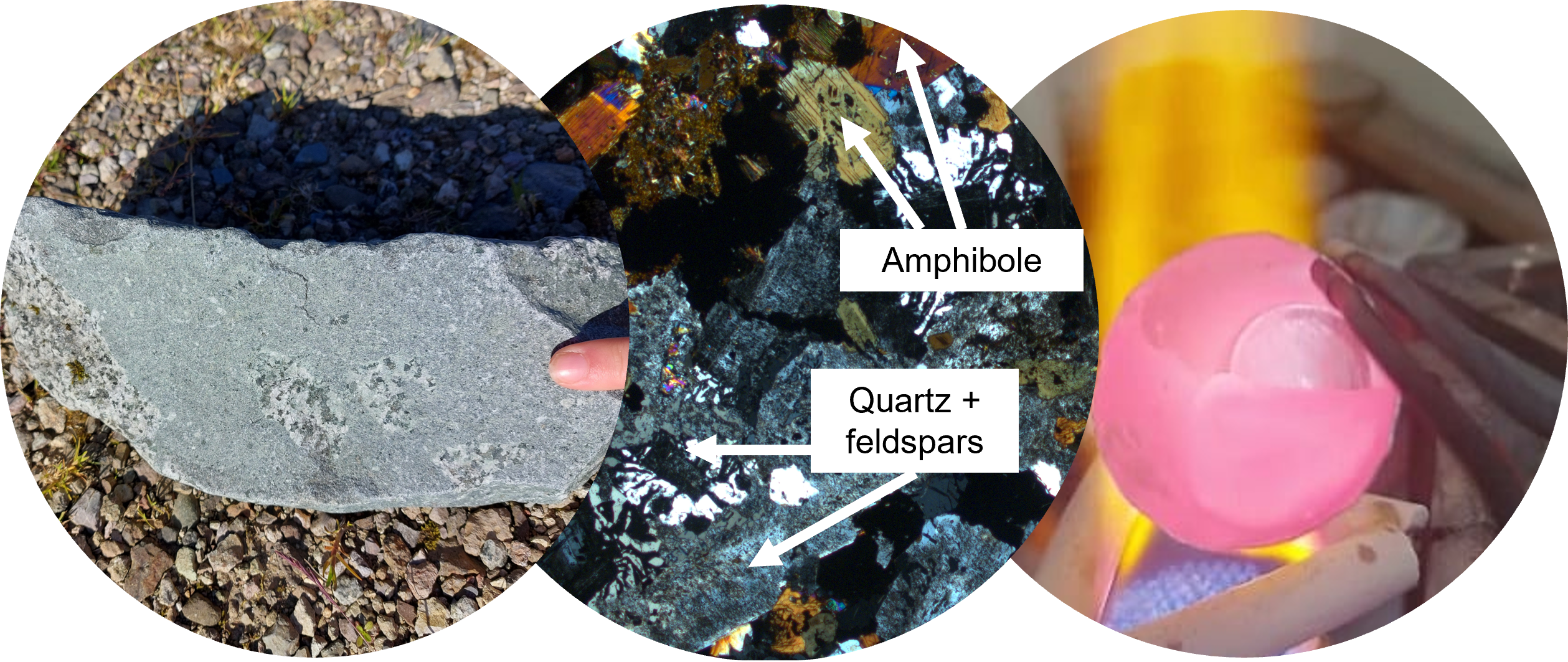
3 Left: The sample from Eystrahorn that A.R. Hastie was curious about. A silicic intrusive rock from Eystrahorn, with inclusions of coarser crystalline material. Middle: A photo-micrograph of one of the samples from Vestrahorn. Unusually for Icelandic rocks, it contains plenty of the hydrous mineral amphibole. Field of view is ~4mm across. Right: Melting the samples over a Meker burner in AuPt crucibles. This process homogenises the rock to get accurate analyses of the whole-rock composition for our investigations.
Back in Edinburgh, this is where the real graft began. Collecting samples and climbing spectacular mountains is a privilege, however crushing and grinding and preparing over 100 samples… not so much. But it was well worth it when the data came through. The samples we collected have now formed the largest sample and data set on the intrusive silicic rocks of Iceland. The data itself also did not follow what we had expected, and showed that the rocks had a hydrous magmatic history (Fig. 3). Since hydrous magmatic rocks usually form at subduction zones, this was a surprising result for Icelandic rocks. The only way to explain the data was that the intrusions were formed through partial melting of the Icelandic crust, that had been hydrated through hydrothermal circulation at or near the rift (mid-Atlantic ridge) axis. Armed with this discovery, we compared the composition of the Icelandic rocks to those of our earliest continental crust. Crucially, we found that although both were formed by partial melting of the hydrated crust, the first continental crust must have been formed much deeper than the Icelandic rocks. Although the processes forming them are similar to an extent, the lack of subduction processes affecting the Icelandic rocks means that partial melting occurs at shallow (intra-crustal) depths, and this gives them a composition that is altogether unique from the first continental crust
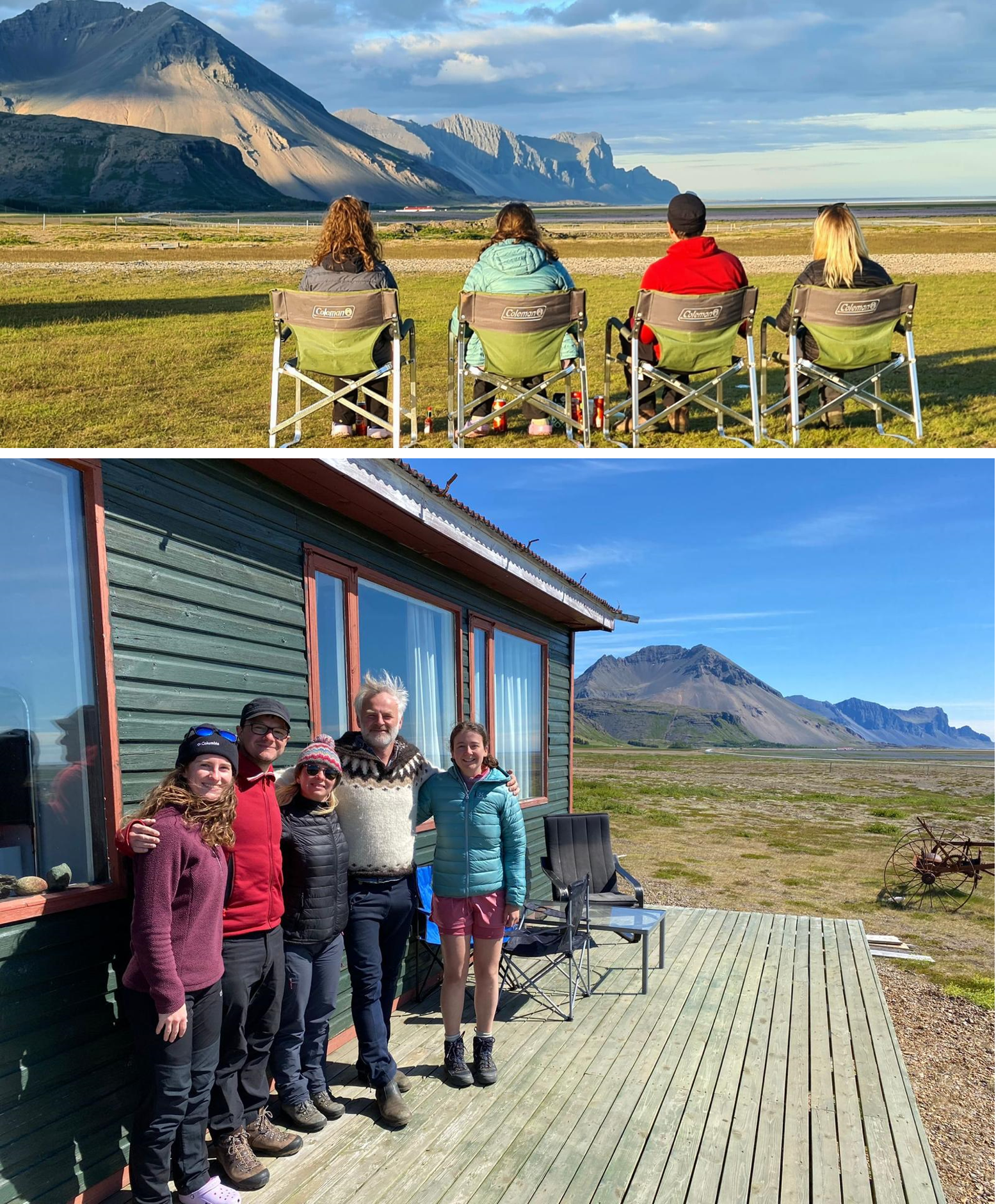
Top: Four geologists (L-R: L.A. Young, S.L Baldwin, A.R. Hastie, S. Law), pondering the magmatic secrets of Eystrahorn. Bottom: The team plus our fantastic camping host and friend, Gunnlaugur Ólafsson (second to right).
- Cargill, H. ., Hawkes, L. & Ledboer, J. . The Major Intrusions of South-Eastern Iceland. Q. J. Geol. Soc. London 84, 505–539 (1928).
Follow the Topic
-
Communications Earth & Environment

An open access journal from Nature Portfolio that publishes high-quality research, reviews and commentary in the Earth, environmental and planetary sciences.
Related Collections
With Collections, you can get published faster and increase your visibility.
Geology of the Moon
Publishing Model: Hybrid
Deadline: Jan 31, 2026
Drought
Publishing Model: Hybrid
Deadline: Dec 31, 2025



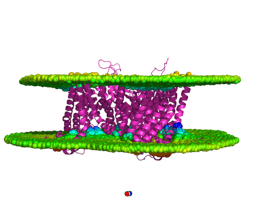
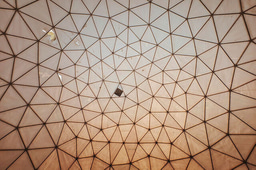
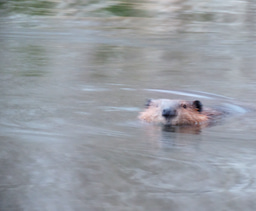
Please sign in or register for FREE
If you are a registered user on Research Communities by Springer Nature, please sign in